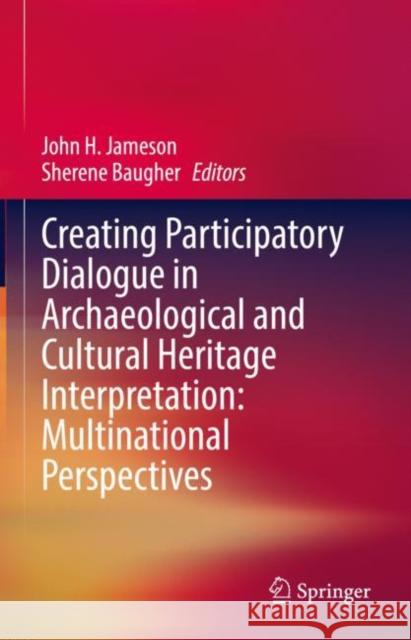Creating Participatory Dialogue in Archaeological and Cultural Heritage Interpretation: Multinational Perspectives » książka
topmenu
Creating Participatory Dialogue in Archaeological and Cultural Heritage Interpretation: Multinational Perspectives
ISBN-13: 9783030819569 / Angielski / Twarda / 2022 / 212 str.
Creating Participatory Dialogue in Archaeological and Cultural Heritage Interpretation: Multinational Perspectives
ISBN-13: 9783030819569 / Angielski / Twarda / 2022 / 212 str.
cena 605,23
(netto: 576,41 VAT: 5%)
Najniższa cena z 30 dni: 539,74
(netto: 576,41 VAT: 5%)
Najniższa cena z 30 dni: 539,74
Termin realizacji zamówienia:
ok. 22 dni roboczych.
ok. 22 dni roboczych.
Darmowa dostawa!
Kategorie BISAC:
Wydawca:
Springer
Język:
Angielski
ISBN-13:
9783030819569
Rok wydania:
2022
Wydanie:
2022
Ilość stron:
212
Oprawa:
Twarda
Wolumenów:
01











